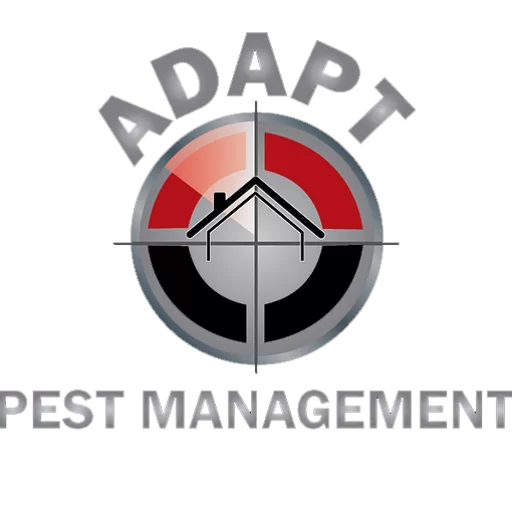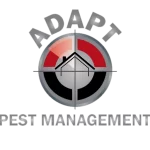Wasps in Roseville and Rocklin emerge in April as drones and begin to build a hive and the queens start to reproduce. By the time summer arrives, wasp colonies can number in the thousands. If the wasp nest is established near your home or business, you are at a greater risk for painful stings – severe reactions for those who have a wasp allergy.
If you’re looking for a Roseville or Rocklin pest control company, contact ADAPT Pest today.
How to Identify a Wasp Nest in the Sacramento Area
There are three types of wasps found locally – paper wasps, yellow jackets, and mud daubers. Of these three, yellow jackets are the most aggressive. They will attack whenever their nest is threatened or when you try to swat at them. Paper wasps are more likely to flee from humans, but can sting if someone comes too near to their nest, and unfortunately, they often make nests right by doors and windows.
Both paper wasps and yellow jackets are social insects, which is why their nests can contain thousands of insects. They can also sting multiple times, transmitting an irritating venom into the skin of the victim. Some people have allergic reactions to the venom, but anyone will find it painful. A significant number of wasp stings when someone comes into contact with a nest can lead to severe injury.
Knowing what a wasp nest looks like can help you avoid accidentally going near one. It also makes it easy to get the pest control you need quickly when you notice a nest on your property.
An increased number of wasps flying around, especially if they are concentrated around a certain area, can indicate a nearby nest. The type of wasp will determine what the nest looks like and where it is:
- Yellow Jacket Nests
The yellow jackets themselves are bright yellow with black stripes. The western yellow jacket is the most common in Roseville, and generally builds nests underground, although tree stumps and wood piles are also a possibility. Other yellow jacket species will build nests in trees, attics, wall voids, and under the eaves of roofs.
For an underground nest, watch for wasps flying in and out of a hole in the ground. An above ground nest will be made from plants and wood, giving it a light brown color. It consists of stacked combs each containing hundreds of little cells and all wrapped in a thin paper the wasps produce.
- Paper Wasp Nests
Paper wasps are dark brown with yellow markings. The European paper wasp looks very similar to a yellow jacket, but with orange tips on its antane. Colonies of paper wasps build nests that hang from objects like branches, eaves, porch ceilings, door frames, railings, and rafters. They consist of a lingle comb layer containing between approximately 100 to 400 cells. Unlike yellow jacket nests, paper wasps do not wrap their nests in paper but leave the comb exposed so that the cells are clearly visible.
- Mud Dauber Nests
Mud daubers are black and have a long and extremely skinny waist. They rarely sting people and live singly, so they are not considered a threat in the area around Roseville. They build their nests out of mud in the form of tubes constructed side by side and about 1 inch long. The nests are often found in attics, garages, under roof eaves, and in other sheltered locations. Mud daubers themselves are harmless, but their nests need to be removed because they are often taken by other wasp species.
A yellow jacket or paper wasp nest on your property needs to be removed quickly, but only by a professional. Approaching the nest yourself can result in stings.
ADAPT Pest Management offers wasp removal in Roseville, Rocklin, Lincoln, and many locations in Sacramento. With our ongoing pest control for residential and commercial properties, we keep wasp nests and individual wasps away throughout wasp season with affordable, bi-monthly visits.

